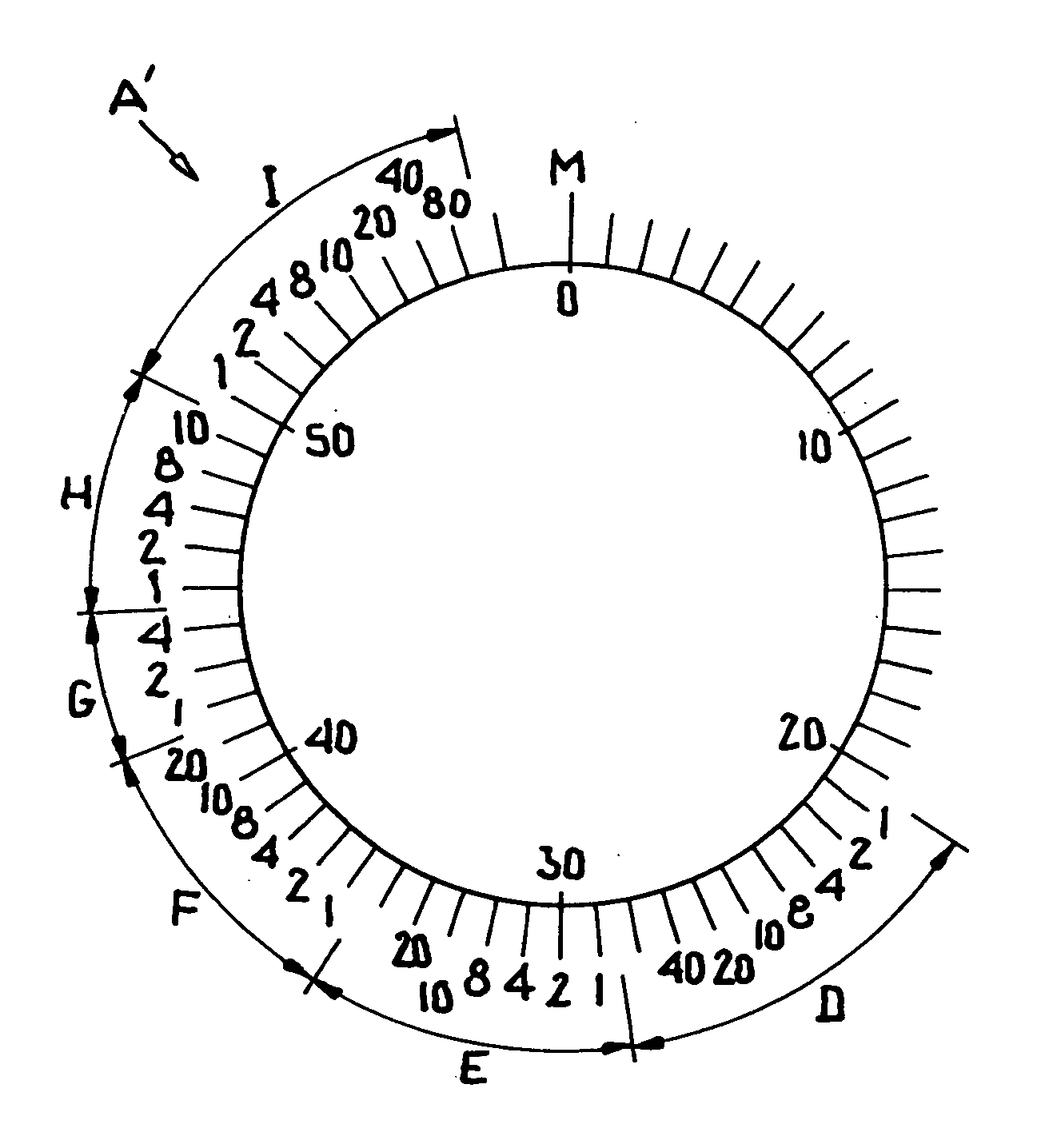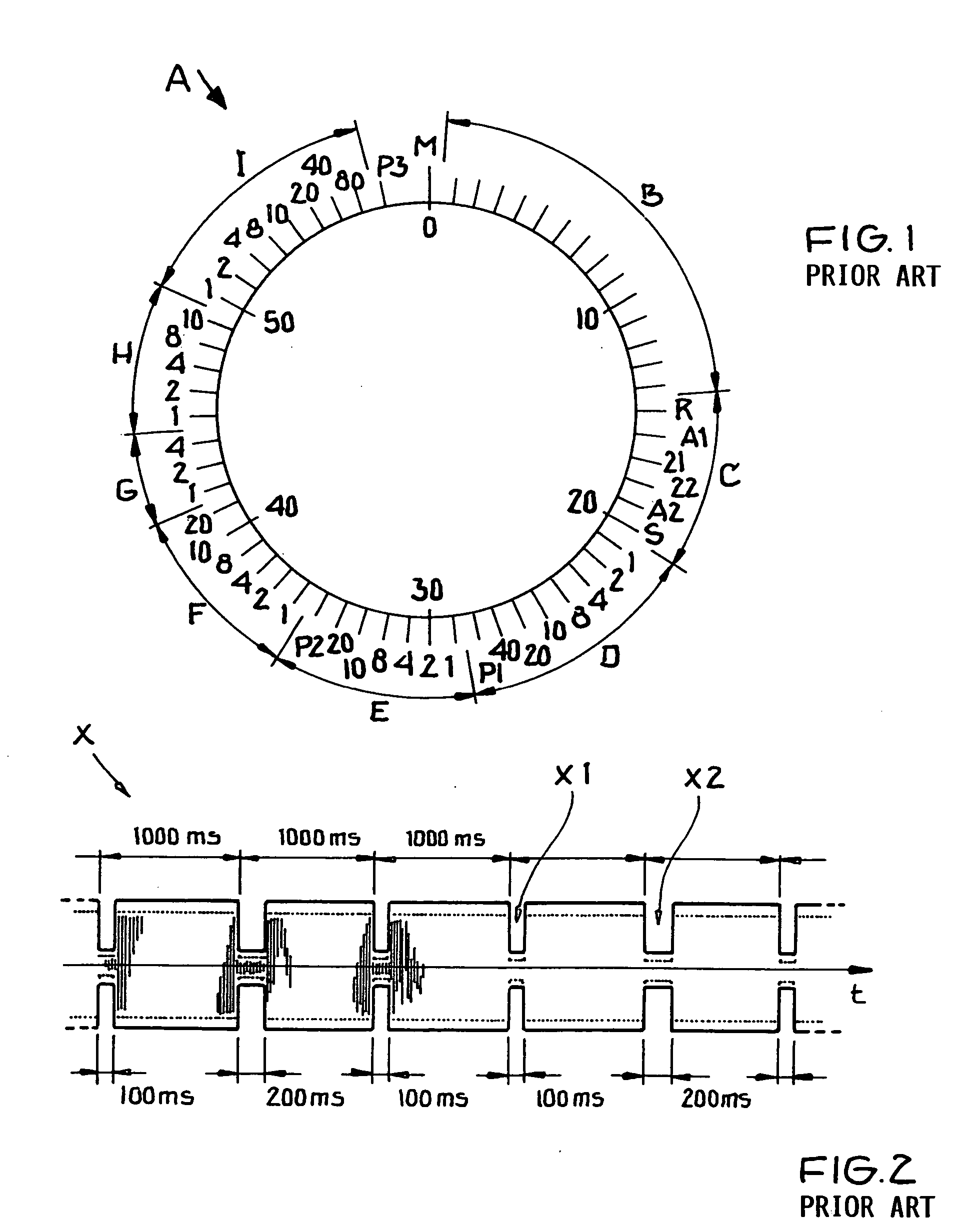Radio-controlled clock and method for acquiring time information from a time signal with reduced evaluation overhead
a radio-controlled clock and time signal technology, applied in the field of radio-controlled clocks and methods for acquiring time information from time signals with reduced evaluation overhead, can solve the problems of erroneous reception and evaluation of time signals, affecting the accuracy of time signals, and reducing computational overhead, circuitry and general evaluation overhead, the effect of reducing the overall power consumption
- Summary
- Abstract
- Description
- Claims
- Application Information
AI Technical Summary
Benefits of technology
Problems solved by technology
Method used
Image
Examples
Embodiment Construction
[0044] In all of the drawing figures, the same elements and signals, as well as the elements and signals respectively having the same functions, are identified by the same reference numbers, unless the contrary is indicated.
[0045] The general format of an encoding scheme or time code telegram A as conventionally known in the time signal transmitted by the German time signal transmitter DCF-77 has been explained above in the Background Information section. Similarly, the time-variation of the amplitude-modulated time signal is schematically shown in the time diagram of FIG. 2 and has been discussed above as well.
[0046] In comparison to FIG. 1, FIG. 3 now represents a first example embodiment of an encoding scheme, and particularly an evaluation of the encoding scheme, of the time signal emitted by the German time signal transmitter DCF-77 according to the inventive method. In comparison to the conventional encoding and evaluation scheme A according to FIG. 1, in the inventive encod...
PUM
 Login to View More
Login to View More Abstract
Description
Claims
Application Information
 Login to View More
Login to View More - R&D
- Intellectual Property
- Life Sciences
- Materials
- Tech Scout
- Unparalleled Data Quality
- Higher Quality Content
- 60% Fewer Hallucinations
Browse by: Latest US Patents, China's latest patents, Technical Efficacy Thesaurus, Application Domain, Technology Topic, Popular Technical Reports.
© 2025 PatSnap. All rights reserved.Legal|Privacy policy|Modern Slavery Act Transparency Statement|Sitemap|About US| Contact US: help@patsnap.com



